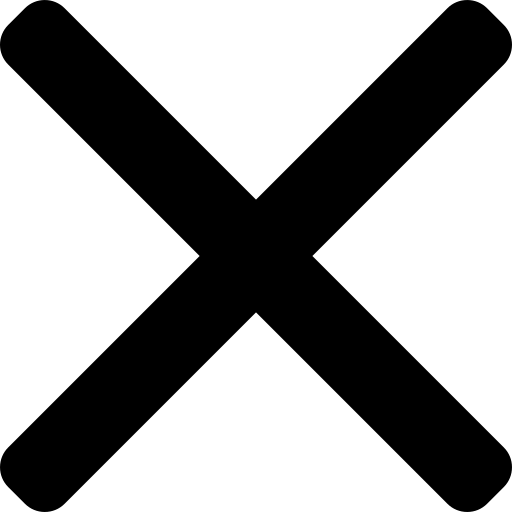Initial lessons from a month of remote-first work
Just over a month ago I left a stable, corporate-ish role, to go back into start-up land. Having worked in a company with 3,500+ people, I knew going back to 35ish would be a bit of a shock. With fewer colleagues, the need to get stuck in is arguably more pressing: there is no one to pick up the slack (both figuratively and literally) and you are responsible for much more than you originally imagined. Processes that you used to find frustrating, simply don't exist, so a big chunk of your time is spent on unpicking and understanding what is currently available, to work out what needs to be done.
Knowing all of that I almost forgot the obvious change of all: moving from an office-centric role to remote-first. Whilst I firmly believe I made the right decision - this new role fulfils most of my wishlist - adapting to fully remote has brought about a shift in my ways of working and made me reexamine my relationship to work in general.

As EAs we, very rapidly, live and breathe the companies we work for. By the very nature of our roles we become part of the fabric of companies: we can magically find meeting slots (mainly by bending time and space to our liking), and develop sixth senses to spot when something could go wrong long before it does. We're also the go-to for all the weird and wonderful requests that always pop up in a company.
Remote work doesn't change any of that, but it does mean we have to work twice as hard to get there: developing working relationships over Slack and Zoom will always take longer, our principals need to take the leap of faith and trust us without having necessarily spent any time with us IRL, our spidey-senses need to honed in a different way when we don't have an office to pulse check. Being a remote-first EA can also exacerbate the feelings of loneliness that can come with the role: it is very hard to let off steam with your colleagues after a bad day, when your bad day involves highly confidential information or meetings that can't be discussed.
Remote-first tends to also mean more independence when it comes to your work day, though it is easy to fall into the trap of haphazard working hours. Developing a structure and schedule that works for you is key. I thrive when I have a routine, so as much as possible I'm trying to follow the same pattern every day: a morning yoga session (either 6:30am or 9am depending on the class), beginning work at around 10am (8am CET) to have as much crossover with my Europe-based colleagues, an actual lunch break, and evenings where I don't open my macbook.
This structure has helped me settle into my new ways of working, though I can still make the most of the flexibility that a remote-first company gives. The guilt-like feeling I used to get if I got to office later than, say, 9:30 has almost gone and I find it easier to hit flow for longer periods of time as I'm working within a structure perfectly designed to my needs.
One of the things that's surprised me the most, however, has been the feeling of "stir crazy". I love my apartment, but working and living in the same space sometimes means my concentration goes out the window and my chances of hitting flow are a big, fat zero. At least once a week, I change my environment, making sure to work from somewhere other than my living room. It serves a dual purpose: not only does the change of scenery give me the creative boost I need, it makes me feel connected to a community, even if just the people sat on the table next to mine in the coffee shop.
Not all out-of-home working spots are created equal though. For me, the most important things are: somewhere I can settle in for a few hours and not feel uncomfortable, which has a great food menu, killer coffee and a super stable wifi connection. My favourite places I've found so far in Dubai are: Leen's (specifically the Jumeriah Beach Road branch), The Grey (Al Wasl), and the queen of co-working spaces, Nasab.
On top of creating a routine and finding the best places to place, making the most of the tools available to is key to successfully transitioning to a remote-first environment. Last year saw an absolute explosion in the world of tools to facilitate remote work and it can be tempting to think "oh shiny thing!" and want to not only try them all, but integrate them all into your toolkit. I am the first to advocate for staying on top of new developments and trying tools to see if they work for you, but I also encourage caution: tools will only work if you actually use them, so don't get lost in the noise.
Yes, my toolkit has definitely expanded but it all serves a specific purpose: Notion for documentation and my to-do list and notes, Loom for sharing async updates and how-tos, Airtable for trackers and automation, ClickUp for more complex task management, Miro for flowcharts, and, of course, Slack and Zoom.
Having such a wealth of tools at my disposal has changed the way I communicate and make decisions. I am deliberate about my choice of medium: is it worth trying to share something over Slack or email, when a 5-10min Loom video would be more impactful and useful? Is my Notion page clear enough for everyone to understand, or do I need to give better context with more use cases? Is a new approach going to be scalable or should I spend an extra few hours making sure before rolling it out? These are questions I frequently asked myself whilst having an office-based role, but the importance of getting the answers right is now heightened: my colleague can't just come and perch at my desk for a quick chat anymore.
Overall, adapting to remote work has presented challenges I wasn't expecting, meaning the learning curve has been steeper. On the flip side, remote-first is the perfect place to grow in confidence, truly hone your skills and, most importantly, learn new ones. Personally, I've stepped so far out of my comfort zone that I'm not entirely sure I'll ever be able to go back.
